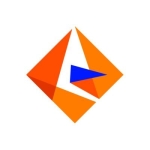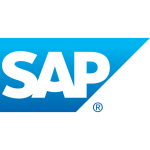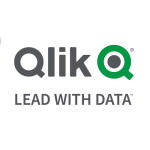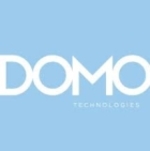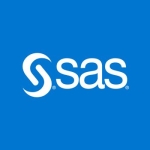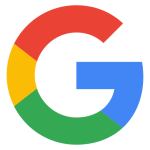What is most valuable?
Data Visualization & Analytics: In my last project, we used ESRI maps super-imposed with brand sales and sales history. By adding more dimensions to the data, we were able to drill from sales territories to analyze product sales at individual retail outlets. The next phase will be to add age-group demographics to the analytics.
That also describes our Agile approach. Incrementally add dimensions to the underlying data, and add richness to the analytics capability, and it’s a business-driven approach.
How has it helped my organization?
The client is in transition from traditional BI reports to real-time, mobile sales reporting, with a goal of eventually providing predictive analytics. The transition included a move away from IBM Cognos to Tableau, and using IBM Watson for predictive analytics. In this case, Tableau was able to do all the predictive analytics with less development effort and more visual results than Watson Analytics.
What needs improvement?
The trend I see from clients is towards more mobile solutions, more real-time analytics, and the integration of analytics and order entry. E.g. A sales consultant can seamlessly transition from sales analysis to entering an order while on-site. This implies a BPM integration with SAP, Oracle eBusiness Suite, SFDC and others.
The architecture this client was prototyping was an SFDC application with imbedded analytics provided by Tableau delivered to a tablet device. There are several ways to go about this, but the architecture was selected because SFDC was the system of record for all customer information.
For how long have I used the solution?
I have used this solution on and off for about three years, more as Solutions Architect and Project Manager than a full-time developer.
Buyer's Guide
Tableau
June 2025
Learn what your peers think about Tableau. Get advice and tips from experienced pros sharing their opinions. Updated: June 2025.
860,592 professionals have used our research since 2012.
What was my experience with deployment of the solution?
I did not encounter any deployment issues, but a production deployment was outside of the scope of my role.
How are customer service and support?
I know the client ran into several ODBC issues with the interface to Denodo, a data virtualization environment, but I can’t comment because Tableau support was outside of the scope of my role.
Which solution did I use previously and why did I switch?
The client has a large Cognos footprint and they were looking to Tableau as a more agile reporting & analytics tool. For this project, we used Cognos 11 and were experimenting with IBM Watson Analytics. We were able to perform all the analytics they were doing in Watson Analytics, using Tableau.
In prior projects, I have experience with SAP BusinessObjects, SAS and QlikView.
What about the implementation team?
Tableau was installed and configured by an in-house team and it was complete before I arrived on-site.
What was our ROI?
In my experience most (all) enterprise-scale clients have multiple, entrenched BI reporting tools that Tableau will have a tough time to displace. Tableau is most successful when it is introduced at a departmental or subsidiary level in an organization. That’s the starting point, and grow the ‘footprint’ from there. With that background in mind, make the initial pricing & licensing simple for a department to budget for & approve.
What other advice do I have?
IMO, I don’t think any client can isolate an analytics tool and derive an ROI that stands up to scrutiny. I usually start by looking at a company’s annual report and I look for the transformational initiatives. E.g. They want more mobile capabilities, more real-time decision making, etc. I use that as the entry-point for discussion around capabilities, not a discussion of technical features and I look for real-world use cases to develop a solution architecture.
My advice to clients is always: Start with a clear goal in mind, generate some quick wins, and grow the environment from there. The enterprise-scale initiatives are big on vision, but I’ve seen more failures than successes.
The product is definitely a leader in the analytics-lite & data visualization space. Unless a client has a well-defined use case for one of the statistical or predictive analysis tools, Tableau can meet the needs. If the use case for Tableau becomes too complex, then clients can use the ‘R’ extension. I don’t have hands-on experience with that feature.
Disclosure: PeerSpot has made contact with the reviewer to validate that the person is a real user. The information in the posting is based upon a vendor-supplied case study, but the reviewer has confirmed the content's accuracy.




